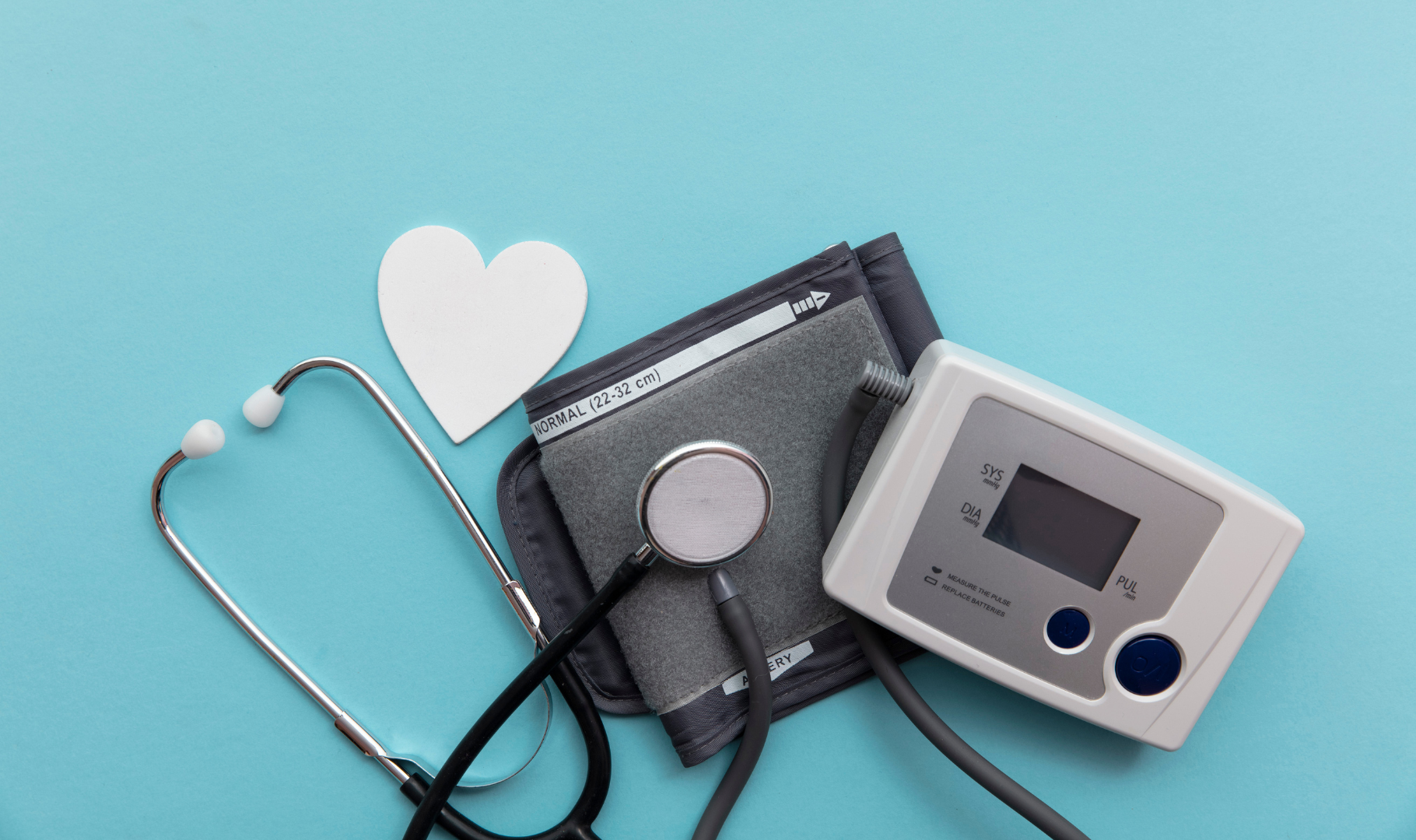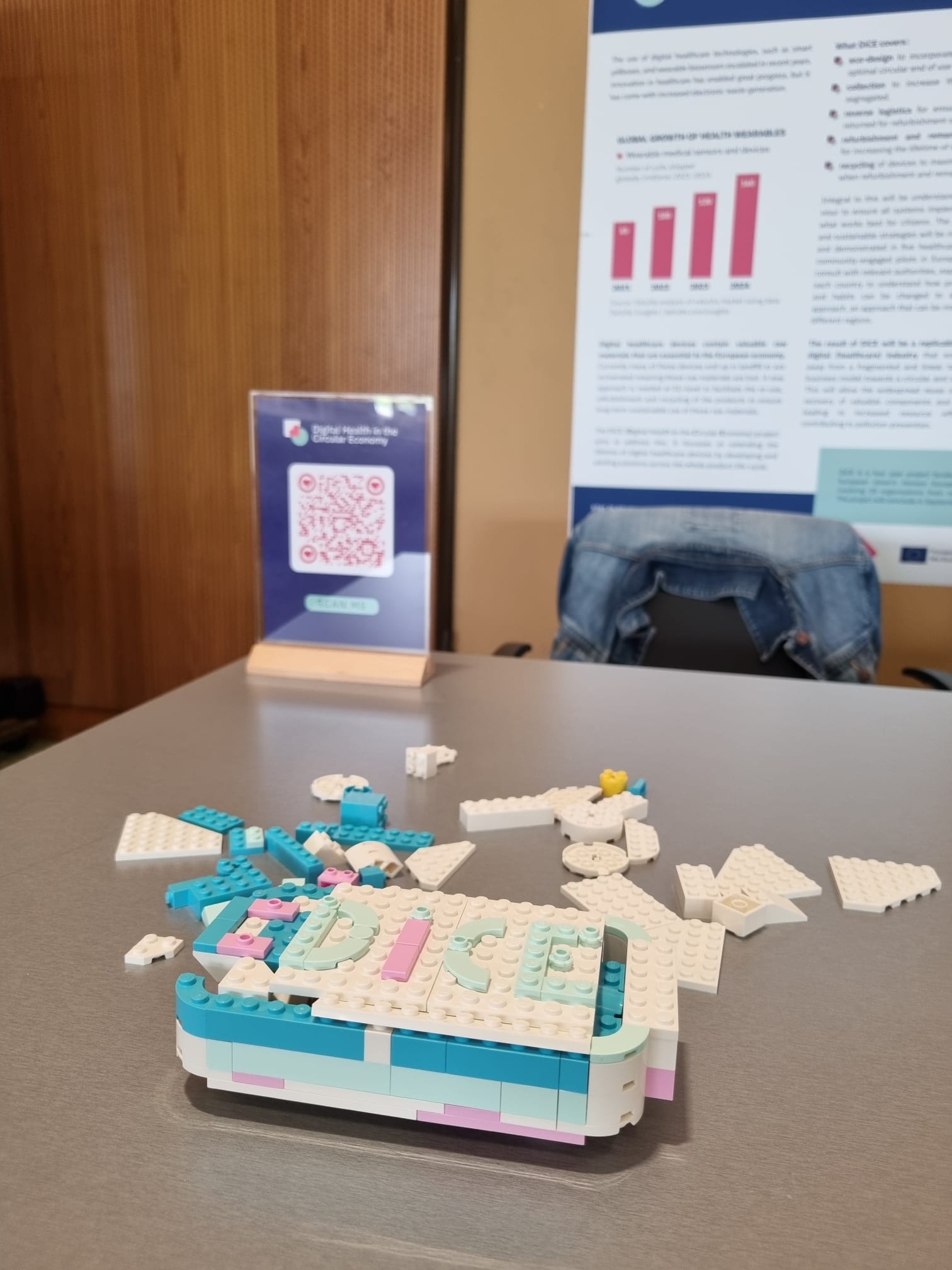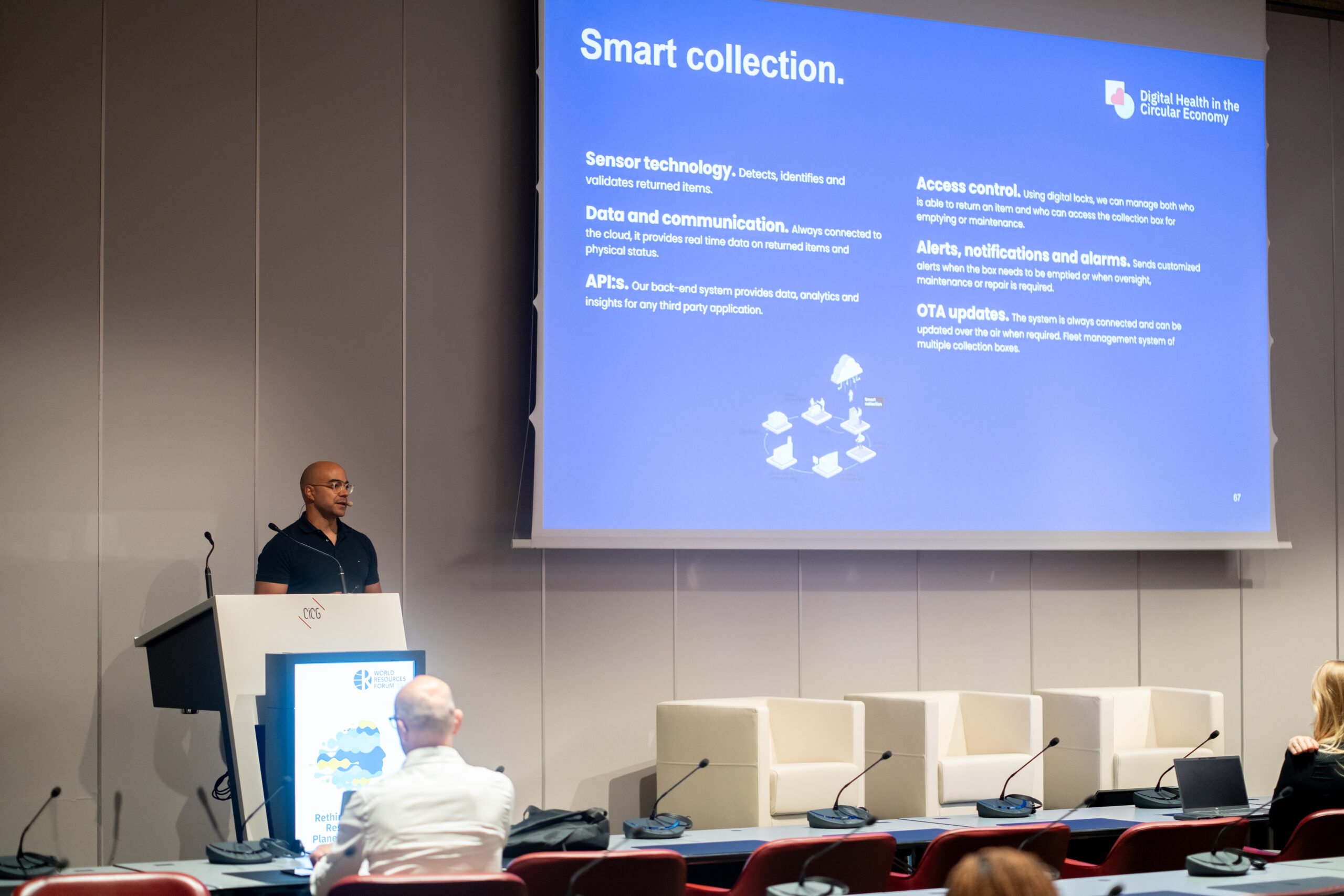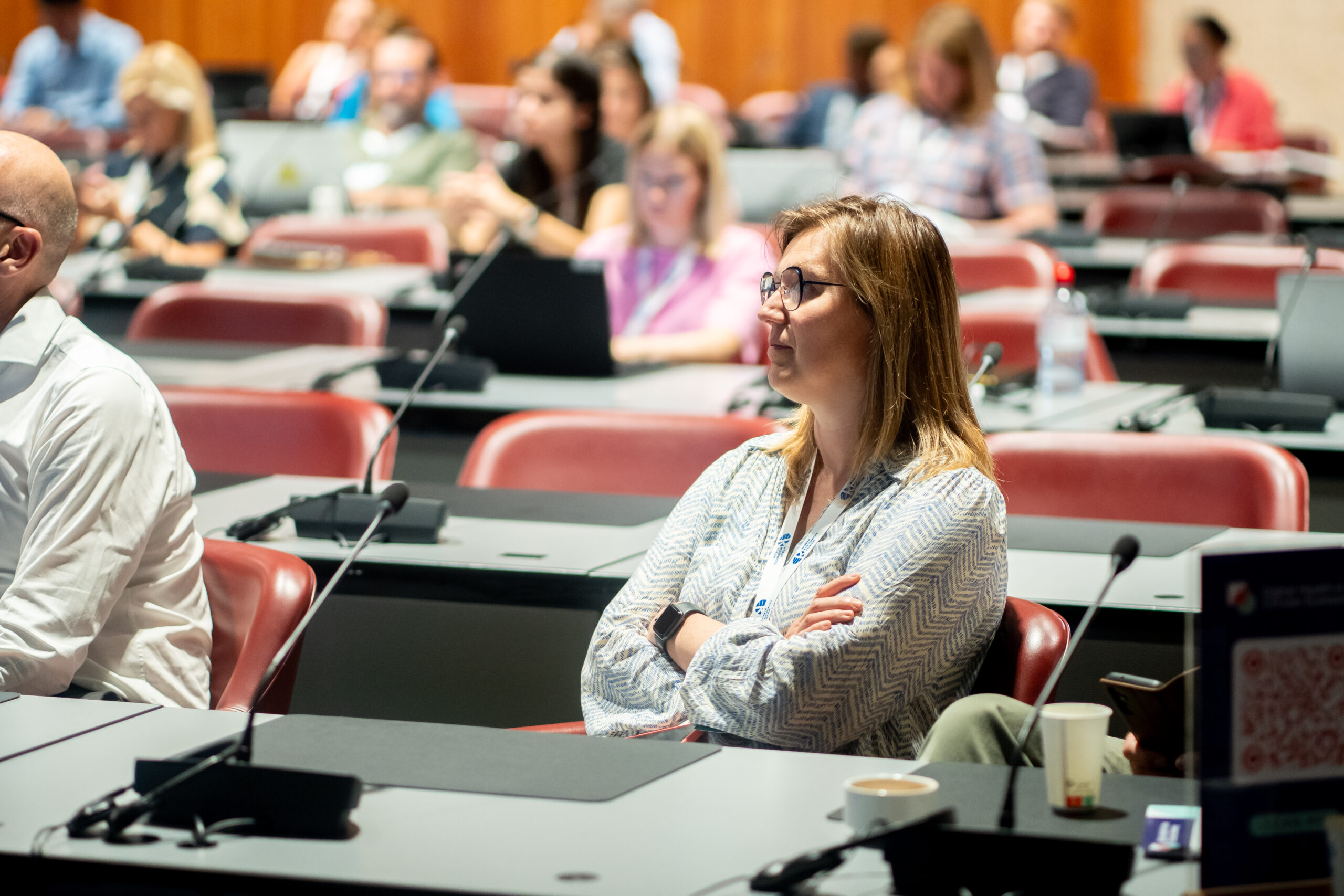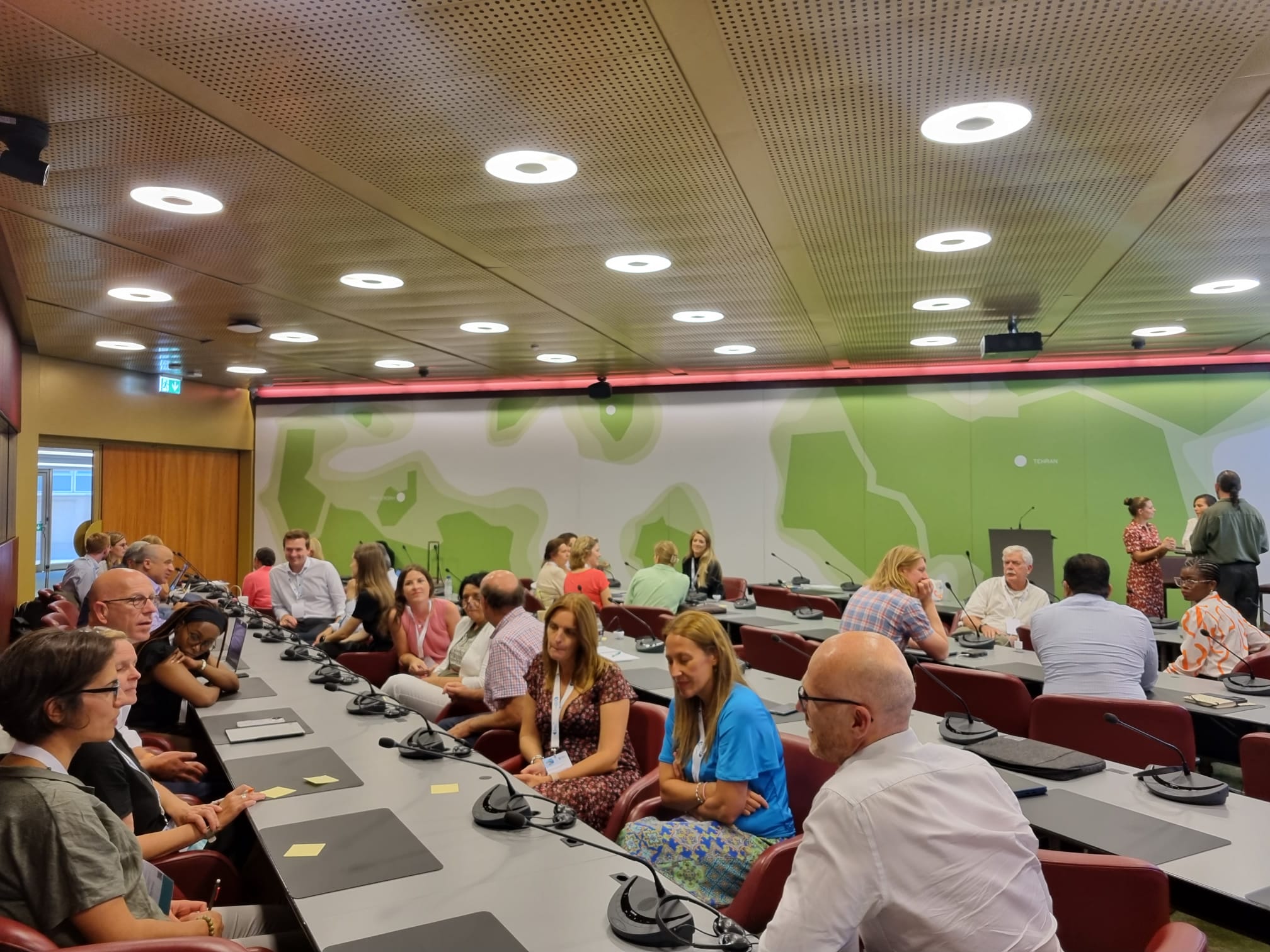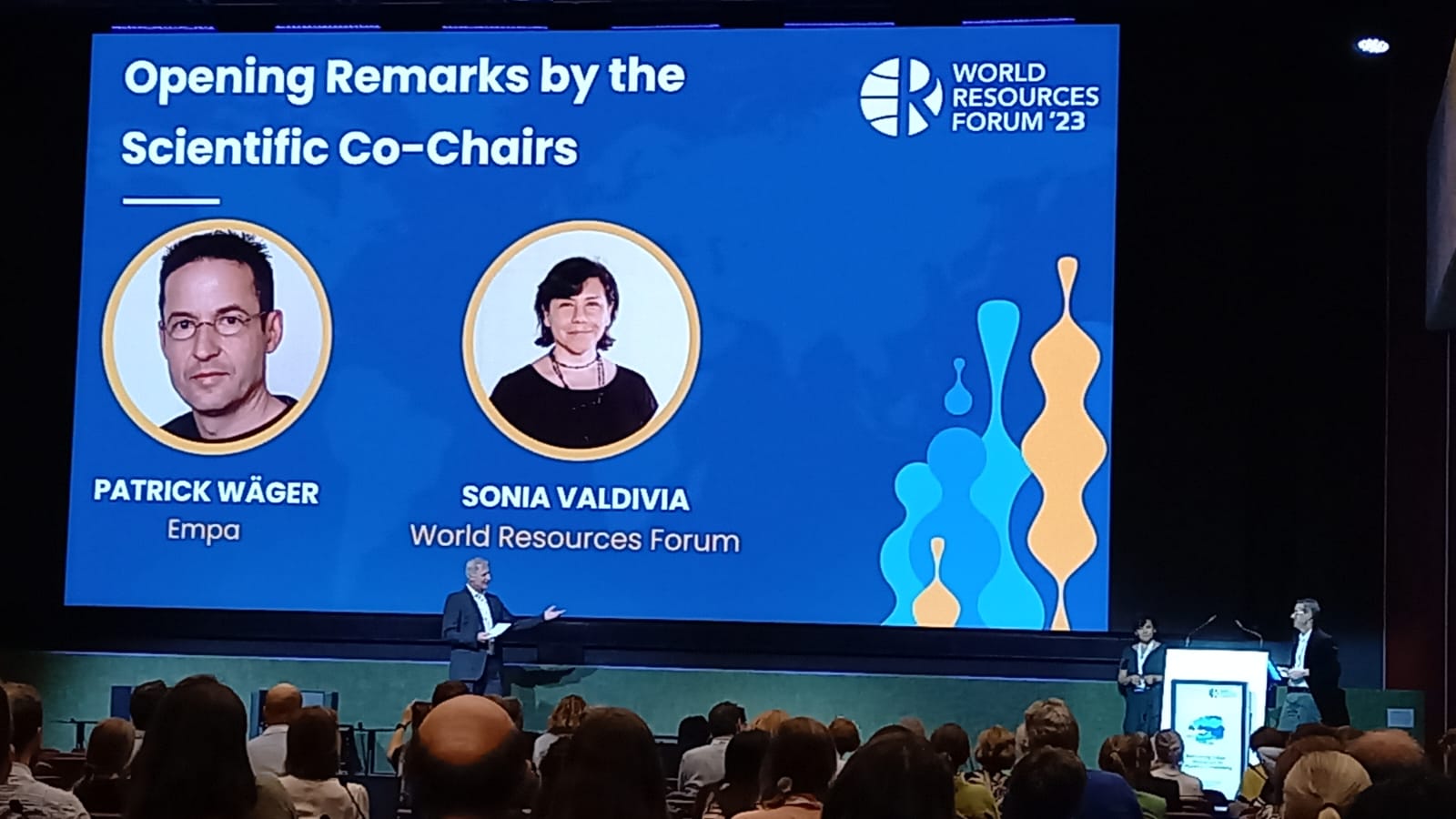Brought to you by Lorenzo Glorie Senior Recycling Coordinator at RECUPEL
As medical technology evolves, the number of electrical and electronic equipment (EEE) used in healthcare has grown and will continue to grow significantly. These devices, ultimately ending up as Waste of Electrical and Electronic Equipment (WEEE), include everything from large professional diagnostic tools to small appliances delivering drugs or aiding patients.
Because of their variety, the disposal of WEEE in healthcare settings, particularly medical devices, presents unique challenges. To reduce environmental harm and promote sustainability, it is vital to recycle these products and push for a more circular economy, where materials are reused and recycled as much as possible. Large professional medical equipment is often converted into scrap, while small equipment is often incinerated as dangerous waste because of its contamination status.
Producer Responsibility Organisations (PRO) tasked with ensuring the responsibility of manufacturers for the end-of-life management of the products they put on the market play a key role in promoting this circular approach. As a PRO, Recupel is committed to closing the loop for medical waste electrical and electronic equipment (WEEE) within the possibilities of the legal framework, by facilitating the collection, transportation, reuse and recycling of these devices.
The goal is to collect all forms of medical WEEE, ensuring proper handling and safe recycling of valuable materials. However, there is a significant challenge when it comes to specific small medical WEEE that may pose additional risks due to contamination.
Contamination challenges in medical WEEE recycling
Small medical WEEE, such as thermometers, glucose meters, and other portable devices like drug delivery systems or surgical endocutters, can easily come into direct contact with bodily fluids, such as blood or mucus. This contamination presents a legal and logistical hurdle for recycling because these items, once exposed to infectious materials, may no longer be classified as WEEE. Both European (Medical Device Regulations 178/2002 and 1223/2009) and Belgian regional governmental regulations, as well as the guidelines set by Recupel, dictate that once an item is considered a biohazard due to contamination, it must be treated differently and must therefore not be declared on the market as EEE.
These contaminated devices are not handled as electronic waste, but as medical waste, which requires specific treatment. In practice, the risk of exposure to hazardous biological material indeed means these items can no longer be directly processed in standard recycling streams without prior decontamination. This poses a significant problem for the circular economy and recycling goals, as potentially valuable materials that could be recovered from these devices may end up being incinerated or landfilled due to contamination concerns.
As Recupel works to fulfill one of its missions of collecting and recycling medical WEEE, it is essential that regional authorities address this issue in collaboration with healthcare providers and waste management facilities. There needs to be a clear and standardized process for handling the administration of this equipment to ensure that, where possible, these items are safely decontaminated and cleaned to prepare them for recycling rather than for being discarded. The contamination risk of small medical WEEE should not withhold pushing forward with recycling efforts.
Moving forward
Regional authorities should work together with hospitals and healthcare facilities to better understand which digital health devices get contaminated in the use phase to the level that it is impossible to disinfect properly. Advancements in decontamination technology should be taken into account for this assessment. Devices that cannot be decontaminated should not be declared as EEE on the Belgian market.
All other devices should be decontaminated and treated appropriately in order to prevent unnecessary waste while still preventing any risk to workers and their environment. If safe decontamination can be guaranteed, many of these devices could be treated as regular WEEE again, allowing the circular economy to recover critical materials that would otherwise be lost.
National and international regulations need to adapt to the unique challenges of the growing number of medical WEEE in the future. While safety must remain a priority, regulations should facilitate innovation in decontamination or recycling of contaminated medical devices to prevent valuable resources from being wasted. PROs have a role to play in advocating for these changes and working with stakeholders across the supply chain to develop practical solutions.
Conclusion
In conclusion, while the contamination risks associated with small medical WEEE pose a challenge, they should not prevent us from striving towards recycling these devices and promoting a circular economy. Through collaboration, improved technologies, and updated regulations, we can ensure that medical WEEE is handled responsibly, protecting both public health and the environment.

